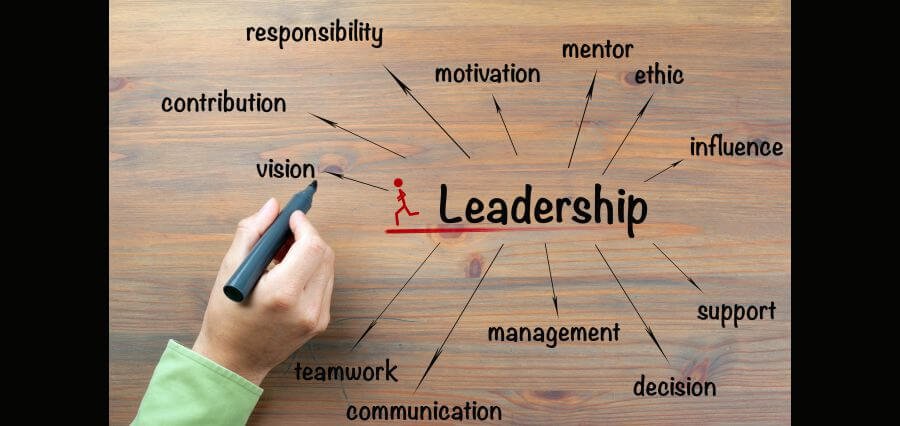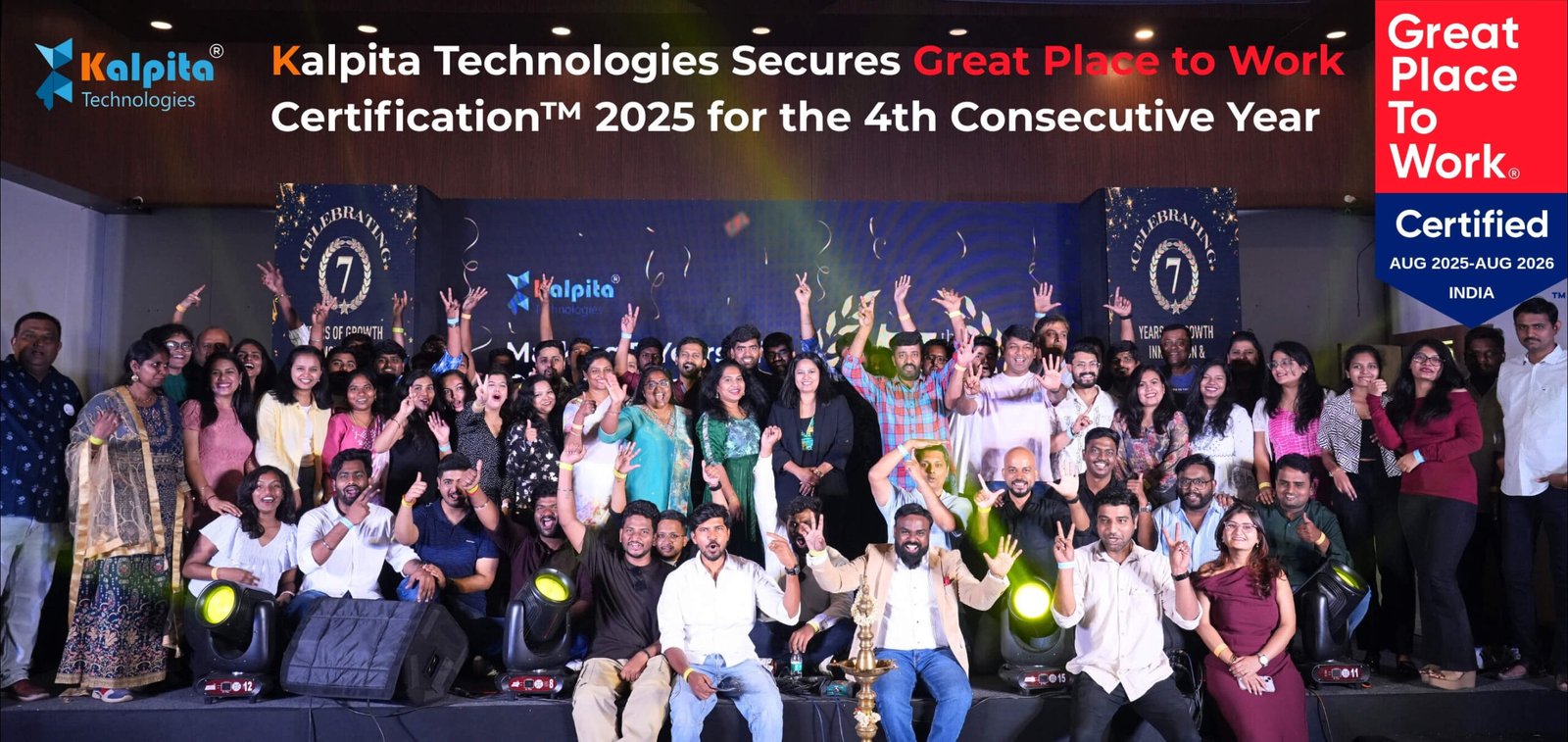For centuries leadership has been the subject of fascination for the scholars, the professionals, and the organizations as a whole. Not only is it about a leader issuing commands or leading a team towards a mutual objective, but it is also a matter of how a leader gets the people to undergo that process by winning, inspiring, motivating, his/her leadership style, but it is rather a combination of behaviors and attitudes that leaders choose to show depending on the situation. No single style fits all situations; still, knowing the different ways a leader can lead will equip leaders with the ability to adjust to the situations and to have a favorable outcome.
For instance, the founder of a start-up could draw the most from an imaginative and visionary leadership that would have led to a wide range of innovative ideas, while a military commander would probably take advantage of a more directive and authoritative style that can help in stressful situations. When individuals understand these distinctions, they become more open to the fact that there is no one universal method of leadership, just different styles that have to be carefully employed.
Autocratic Leadership
One of the most conventional forms of leadership is the autocratic style. The leader in this case is in charge of everything and takes most of the decisions on his own with minimal or no input from the team. This type of leadership may be very good in situations where quick and decisive measures are necessary, for instance, in the case of emergency services or the army. However, in a collaborative and creativity-based work environment, this style will act as a bottleneck of employee motivation. Without a doubt, it can perform efficiently in particular cases, yet an excessive dependence on autocratic leadership typically results in the disengagement of employees as they feel that their views and opinions are not considered.
Democratic Leadership
The democratic leadership, also known as participative leadership, for all its features is utterly different from the autocratic one. The leaders in this style take collaboration as their first priority; they seek input from their team and mix various viewpoints before making a final decision. Innovation gets fertilized with such a style, and employees get the feeling of being cared for as they are given the opportunity to play an active role in the decision-making process. The cooperative way in which decisions are made may inhibit it from taking place at a high pace; still, democratic leadership is very supportive of situations found in organizations that depend on problem-solving, brainstorming, and planning of the long-term strategies.
Transformational Leadership
Transformational leadership is among the most popular types of leadership to be found nowadays. Transformational leaders are the ones with the big picture who draw inspiration from a common future and consecrate their energies to it. Moreover, they are the great motivators; only because of their confidence and determination do they push the people under their sphere of influence to surpass the highest limits. Apart from concentrating only on everyday routines, transformational leaders etch employees’ drive and progression both on the personal and professional fronts, resulting in loyalty and creativity. The leading practices of Apple and Tesla can widely be correlated with the leaders’ energetic style stemming from this transformation and are thus vivid instances of the impact of the transformational leadership on the change of entire sectors.
Transactional Leadership
Transactional leadership adheres strictly to the planned outline and revolves around definite roles, responsibilities, and incentives. Correspondingly, this style makes the leader concentrate on the quantitative side of performance, where the goal achievement gets recognized, while the underperformance is rectified through the application of discipline. The system in which precision, regularity, and strict adherence to rules play a major role in the industry—as in finance, sales, or manufacturing—is one where this method can shine. However, since the emphasis is mainly on fulfilling benchmarks as opposed to discovering innovative solutions, this approach may pose a constraint for creativity.
Laissez-Faire Leadership
The leadership style represents one more main feature that relies on trust and freedom. Leaders adopting this model do not involve themselves deeply through direct supervision but rather give their subordinates a wide scope of freedom concerning the work. This method achieves remarkable results in an organization where employees are skillful and motivated enough to manage themselves. Many designers, researchers, and creative professionals are flourishing when it comes to this mode. The only problem with the whole thing is that this team might face a lack of direction due to the absence of proper structure, which could lead to inconsistent results. Therefore, a laissez-faire leadership function is at its best when there is some provision for planned guidance.
Servant Leadership
Servant leadership is different, as it is about the leader not having the power but rather the leader taking care of the team and making it grow. A servant leader will select empathy, active listening, and the personal development of employees as his or her priorities rather than authority. This style causes a large measure of trust and community, which further improves the productivity and engagement of an organization. It is more or less dominant in the realm of school and non-profit institutions but is turning into a trend among business companies due to the advantages of the worker-oriented culture they realize.
Situational Leadership
Lastly, the situational style is characterized by the feature of adaptability. The leaders who are following the situational style decide among several approaches depending on the context and the readiness level of their team members. At one time they may be directive, while at another point they could be participative or transformational. The main reason for this being among the most dynamic and effective approaches, especially in fast-changing industries, is the acknowledgment of that utmost flexibility in human nature and tasks not being a one-size-fits-all model, which keeps situational leadership as a fount of leadership virtues.
Choosing the Right Leadership Style
There is truth in the fact that many leadership styles are different, and no single one is better than the rest in all situations. The most powerful leaders are those who can weigh each style’s pros and cons and then skillfully adjust their strategy depending on their crew, field, and ambition. An expert leader can be transactional at the start to put up the discipline in a new staff, then take the turn towards the transformational type as the team progresses and matures. In the same manner, when coming up with new concepts, they could be democratic, but when it comes to making decisive and quick moves, they might be autocratic.
Great leaders are not categorized only by their understanding of these different types but also by the fact that they can apply them in a blended way effectively. The leaders who are able to adjust and still keep their emotional wisdom will be the ones to lead the pack when organizations take steps into the future, thus creating workplaces that thrive on innovation, trust, and resilience.













